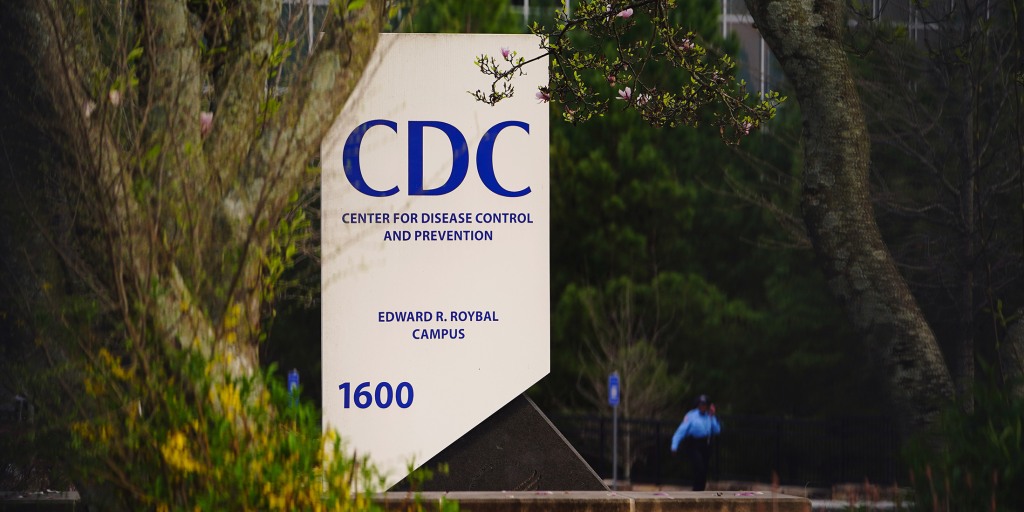Pandemic Sleuths Axed: CDC's Elite Disease Hunters Face Mass Layoffs in Trump-Era Purge

In a significant staffing shake-up, top administration officials revealed plans to streamline the Centers for Disease Control and Prevention (CDC) by potentially reducing its workforce by up to 10%. The proposed cuts specifically target federal probationary employees, signaling a strategic restructuring of the agency's personnel.
Sources close to the matter indicate that the administration is seeking to optimize organizational efficiency and reallocate resources. This move comes amid ongoing discussions about government workforce management and potential budget adjustments. While the exact details of the workforce reduction remain fluid, the announcement has sparked conversations about the potential impact on the CDC's operational capabilities.
The proposed cuts represent a notable shift in the agency's staffing strategy, potentially affecting numerous employees in their initial probationary period. As federal agencies continue to evaluate their structural needs, this development highlights the ongoing challenges of maintaining a lean and effective workforce in critical public health institutions.
